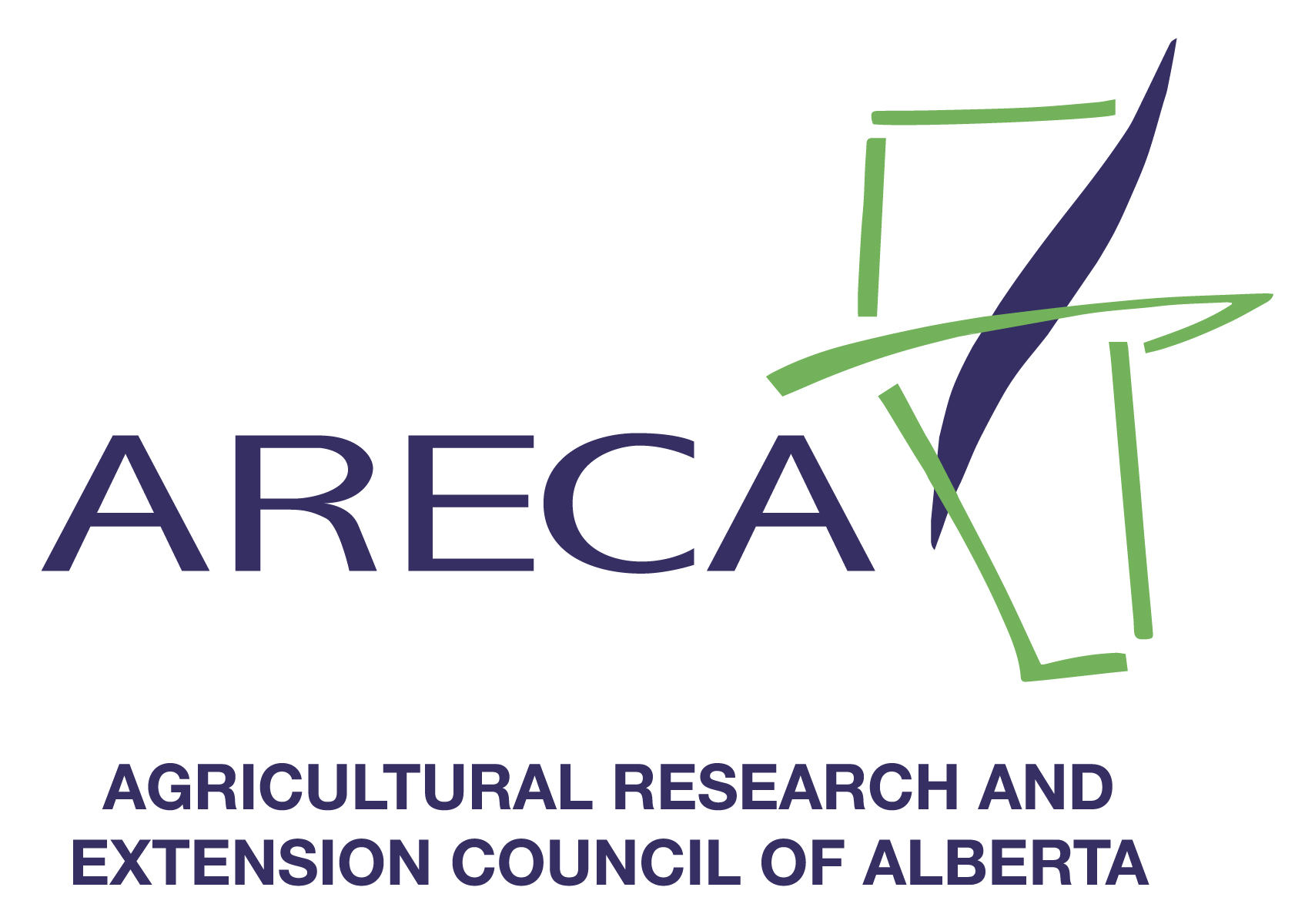Water testing and knowledge of ‘grandfathering’ key
Prior to the Agricultural Operation Practices Act (AOPA) in 2001, it was a common practice for producers to drill a new well close to barns and corrals. The reason was simple: that was where the water was needed for cattle.
AOPA regulations now dictate a minimum setback distance of 100 m (328 feet) between livestock yards, including confined feeding livestock areas, and any water source. However, this applies only to facilities built after AOPA came into effect in 2001. For instalments built prior to 2001, these are considered legal as there were no minimum setback distance regulations for barns and corrals at the time. This is the process commonly known as “grandfathering.”
The reason the AOPA regulations were made law was to protect water sources and to decrease the risk of contamination. Producers should be on the lookout for anything that may compromise the safety of water consumed by humans and animals. The key to managing contamination risk is regular water testing. The most common indicator of contamination in water is an increase in nitrate and bacteria levels.
Testing Types
There are two basic kinds of water tests, according to Ken Williamson, a water specialist with Alberta Agriculture and Food (AF). They are routine chemical analysis and microbiological analysis.
The routine chemical analysis covers a suite of about 20 parameters such as hardness, iron, sulphate, sodium and nitrate, with most identified in the Health Canada guidelines as having maximum acceptable concentrations. The microbiological test, meanwhile, tests for total coliform bacteria and e.coli.
“The testing process for household drinking water is relatively simple and inexpensive,” says Ken. “Sample bottles can usually be obtained from regional health offices; staff there will typically provide instruction on how to take the sample and the timeline in which it has to be brought to the lab. It’s usually free or there may be a small fee required for the paperwork.”
The process can be a little more complicated when it comes to water for other purposes such as watering livestock, irrigation and conditions in real estate deals. “In those cases, it’s best to look for private laboratories that have a close-as-possible drop-off point. Be sure to make arrangements to receive the required sample bottles as well as instructions on how to ship the sample to the laboratory.”
When to Test
“Under normal conditions, private water supplies generally do not need to be tested more than once every one or two years,” says Ken. However, it’s important to learn to identify changes in the water source and take appropriate preventative action.
“Surface water changes continually, but wells shouldn’t change significantly between seasons or between rainstorms. If it does, it’s a red flag that something is wrong with the well and an indication that it’s time to do a water test,” he says.
Before-and-after tests can be useful when there is seismic or other oil activity in the area. “Oil and seismic companies will often conduct a routine chemical analysis as part of their agreement with landowners, but make sure they provide a copy of the results to you. It’s good to have your own documentation in case any water quality changes come about as a result of the activity,” he says.
Although time of year is generally not a huge consideration when doing a test on stable water, spring runoff can play a role in contamination in the spring and early summer months. “Well problems can often come about as the result of a recharge event such as snow or rain, so it’s not a bad idea to target April, May or June as a testing period,” says Williamson.
Available Assistance
Information and assistance on well testing, as well as a number of other on-farm environmental practices, is available through a strong network of EFP Technicians throughout the province.
This article may be reprinted with the credit: Alberta Environmental Farm Plan
For more how-to fact sheets or other information, visit www.albertaEFP.com.
 Initiative
Initiative



